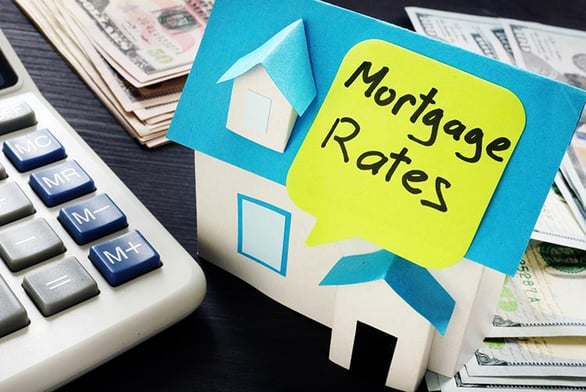
Paying your mortgage is usually priority number one for a consumer, as it should be. For people at the beginning of building a real estate portfolio or accumulating assets of any type, that first property is the foundation. Billionaire Andrew Carnegie is known for having said that 90% of millionaires got their start in real estate. Many got their first properties by buying a home and used their equity to finance additional purchases.
Making your way from that first purchase to a comfortable portfolio or to wherever your goals are taking you is up to you, but getting there requires understanding how to pay for what you seek. Many consumers starting out aren't sure how much they can afford, so they may aim too high or too low. Some fail to account for property taxes, mortgage insurance (if necessary), and homeowners' insurance. They may not understand the homeowners' association fees and what they provide.
How much does the interest rate matter?
Notably, you may overlook the crucial nature of the interest rate if you are focused on the total payment amount. Understanding the full payment and the payment over the life of the loan is essential, as is the amount of the payment going to interest.
Let’s look at a couple of examples:
Example A: The home price is $500,000, down payment is $50,000 leaving $450,000 to be financed. Leaving aside for the moment the question of property taxes, homeowners' insurance, and possible HOA, if the interest rate is 3.2% on a 30 year fixed loan, the monthly payment would be $1946.10. In month one, $1,200.00 of the payment goes to interest, with $746.10 going toward the principal. After two years, in month 24, $1152.87 is still going to interest, with 793.23 going toward the principal. After two years of payments, the loan balance is still over $430,000.
Example B: Same home price and down payment, so with a loan amount of $450,000, using a 15-year fixed loan with a 2.1 percent interest rate. Now the principal and interest payment is $2,916.56 per month. The amount going to interest is $787.50. with $2,129.06 lowering the principal amount. As you can imagine, after two years, much more progress has been made. In month 24, the balance is below four hundred thousand. But of course, the payment is higher.
What are escrow accounts?
In many cases, lenders will create an escrow account for the borrower to capture property taxes, homeowners’ insurance, and, where necessary, mortgage insurance. The escrow account requires the borrower to pay an amount in addition to the principal and interest, and the lender uses the funds it collects to pay these other obligations for the borrower.
Suppose your property taxes are estimated at $5,000 per year, and your homeowner’s insurance is quoted at $2,000. The lender will assess an additional $583.33 per month (more if the payment will be due before you have sufficient time to make several monthly installments) and pay the charges for you.
When do I need mortgage insurance?
Private mortgage insurance (known as PMI) is often required by lenders when a borrower is buying a home with less than a 20% down payment. A smaller down payment amount increases the risk of default, so the imposition of PMI protects the lender’s interests if they have to foreclose. PMI usually is included as part of the monthly payment and adds between 0.5% and 1% of the mortgage. Sometimes you can pay it as an upfront fee instead. If it's a monthly charge, you should keep an eye on your home's value and ask the lender to remove the cost when your equity has reached 20%. The equity increases by the home's value increasing and as a result of the payments you make. Remember that the scheduled payments you are making go in large part to the interest. Still, if you direct additional amounts directly to the loan principal when you are able, you can see the balance decline faster.



